Not all kiwis are fuzzy.
Hardy kiwi vines, like the Issai kiwi we carry, will produce smooth, not fuzzy, fruit in a range of climates in USDA zones 4-9. Issai is also a convenient vine since it is self-fruitful (meaning it produces both male and female flowers). Want the familiar fuzz? Find those on our tender kiwi vines. Even the tender vines need some winter chill, so they do best in USDA zones 8-9. You'll need at least one male and one female vine for pollination.
Planting Kiwi
Watch Tricia plant kiwis in our video and see her tips on growing this satisfying fruit. Remember, the prime requirements for kiwis are good drainage and ample water. Pull any perennial weeds from the site. In our video about growing kiwis Tricia added a sprinkler to her drip irrigation system to give her vine the moist, but not waterlogged, soil it needs for good root growth. Water is key for kiwis to bear their heavy crops.
Even though the Issai vines are winter hardy while dormant, in their youth those vines can be winter killed. In the wintertime it's a good idea to wrap the trunk of the hardy kiwi vine while it is 1 - 4 years old. Kiwi vines will cooperate with a number of trellising styles. You can plant them at the corners of a large arbor, train them along trellises, or grow them espalier style along fences. Choose your support system and install it before you plant the kiwi vines. The hardy kiwi vines we carry are moderately vigorous and will grow about 6’ - 12’ a year, much less than their fuzzy cousins that can grow as much as 30' in a year.
Training & pruning kiwi vines on a t-bar trellis
 All kiwi vines need strong support since they can produce 50 - 100 pounds of fruit each year! Our video shows you examples of trellis systems. The Oregon State University Extension has more details on exact measurements for trellises.
All kiwi vines need strong support since they can produce 50 - 100 pounds of fruit each year! Our video shows you examples of trellis systems. The Oregon State University Extension has more details on exact measurements for trellises. 
Training & pruning kiwi vines espalier style
If you prefer to grow in a flat, espalier style, train and prune kiwis along horizontally spaced wires with lateral canes growing upright along the horizontal branches (called cordons). Here are tips for that growing style (known as the bilateral cordon system):- Your first job is to help the vine develop one, straight trunk by tying it loosely to a stake as it grows. This is the major growth of the first year. If side branches reach the level of the first wire supports, you can leap ahead and begin the training that usually occurs in the second season.
- The second season of growth is when you want to encourage two arms (or cordons) on opposite sides of the vine. When you have two good shoots reach the first level of wire, drape one in each direction on top of the wire and tie them loosely.
- Allow new shoots to grow from the cordons, and train them toward upper wires, being careful not to let them wrap around the wires.
- Prune these cordons and the lateral canes in the dormant season back to wood that is 1/4” or larger in diameter.
- In the third season train the lateral shoots perpendicular to the cordons. You do not want them to be parallel to the cordons because they would block the sunlight.
- Do your dormant pruning in the third season to leave 15 - 20 lateral canes across the cordons of the vine. The kiwi fruit will grow on the canes from the previous year.
Dormant pruning for mature kiwi vines
When the kiwi vines reach their fourth year the dormant pruning (in winter) will be a regular process of renewing fruiting canes. The pruning becomes more complicated in a mature vine and is well explained by the the Oregon State University Extension article. If you grow muscadine grapes, you will note that the technique for pruning kiwi vines is the same.
For more information consult our Kiwi Planting & Growing Guide, and see Oregon State's thorough article on growing kiwis.

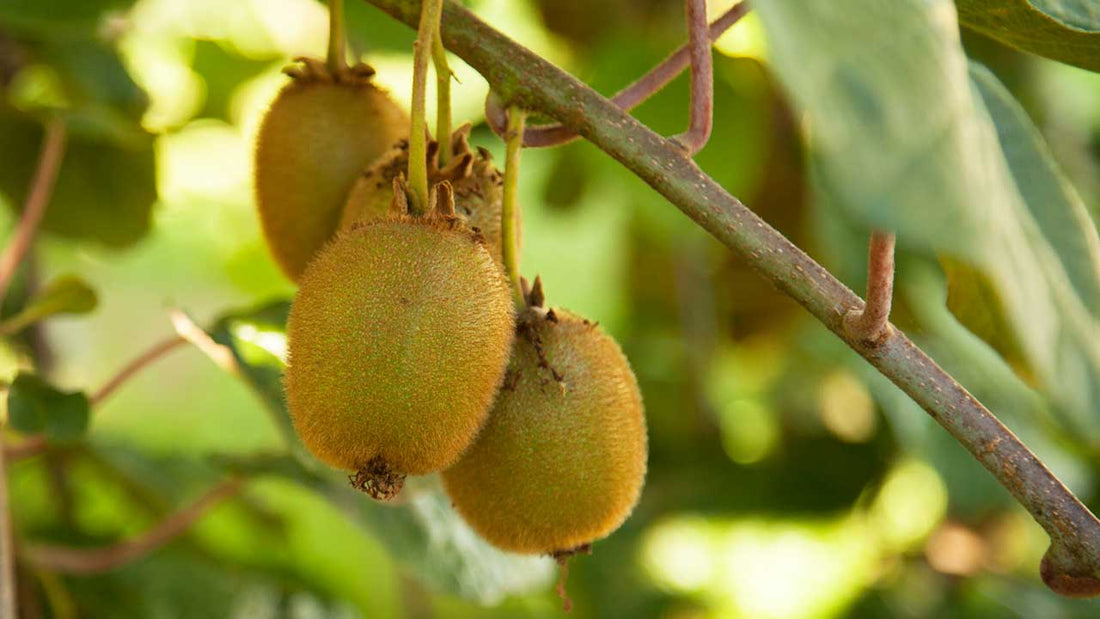
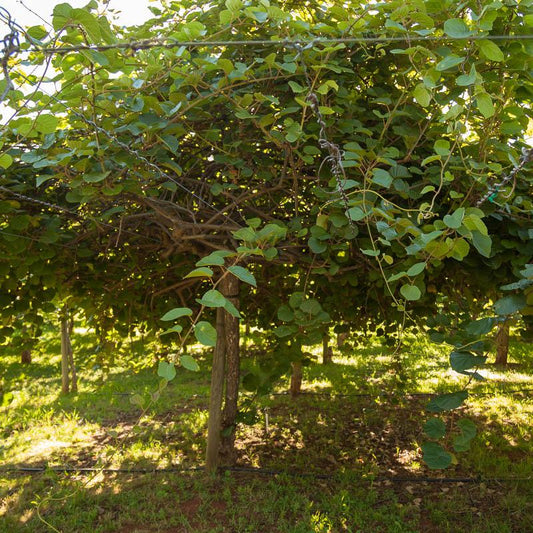
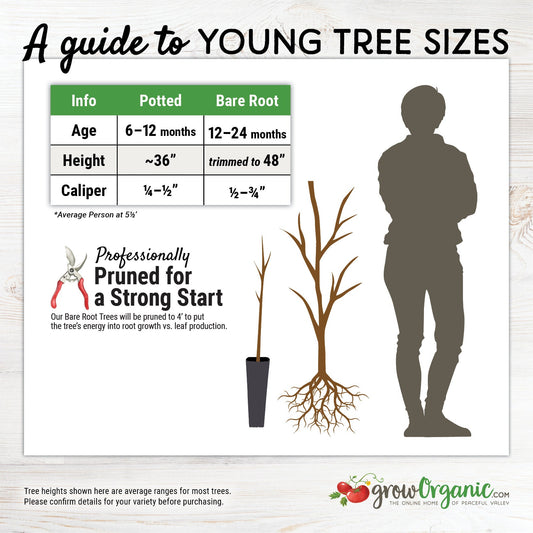
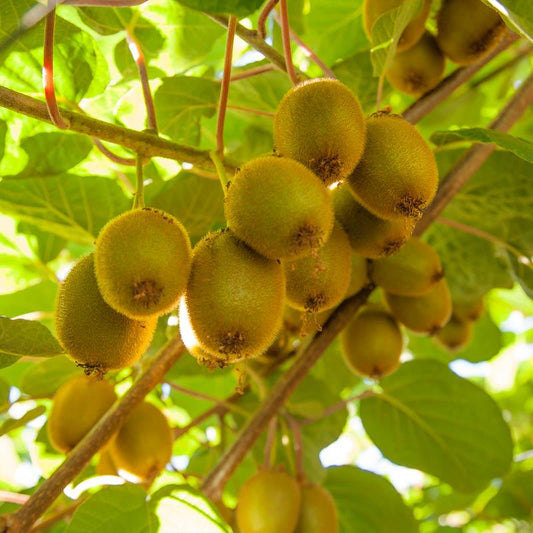
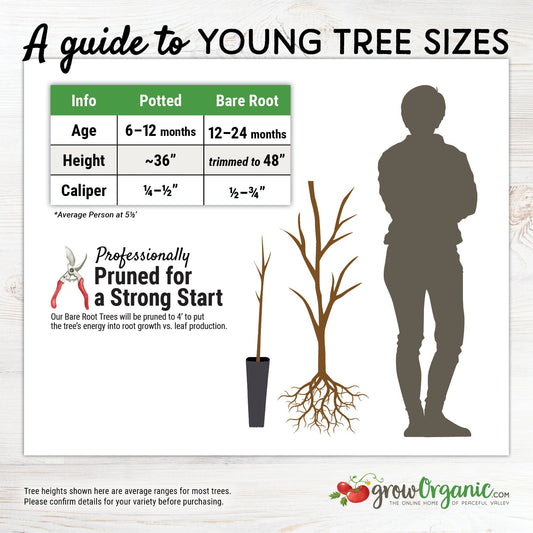
7 comments
I have a PVC fence and two vines ready to start! I plan on starting the cordons at 2’, 4’ and then the top of the fence at 6’. Can I use PVC 1" for my vertical support, since I cannot tie it onto the fence? Should I use PVC 1" for the horizontal support or stick to stainless steel wire? TIA!
Hi,
I would like to try to espalier a kiwi vine along my chain link fence. I’m hoping you can answer some questions for me.
How close to the ground can I start the first 2 cordons? Is there a minimum height necessary?
How much vertical space must be left between layers of cordons? How many layers of cordons can I stack? Two? Three? More?
How long horizontally can each cordon grow and still remain healthy and fruitful?
Much appreciated!
Beyla